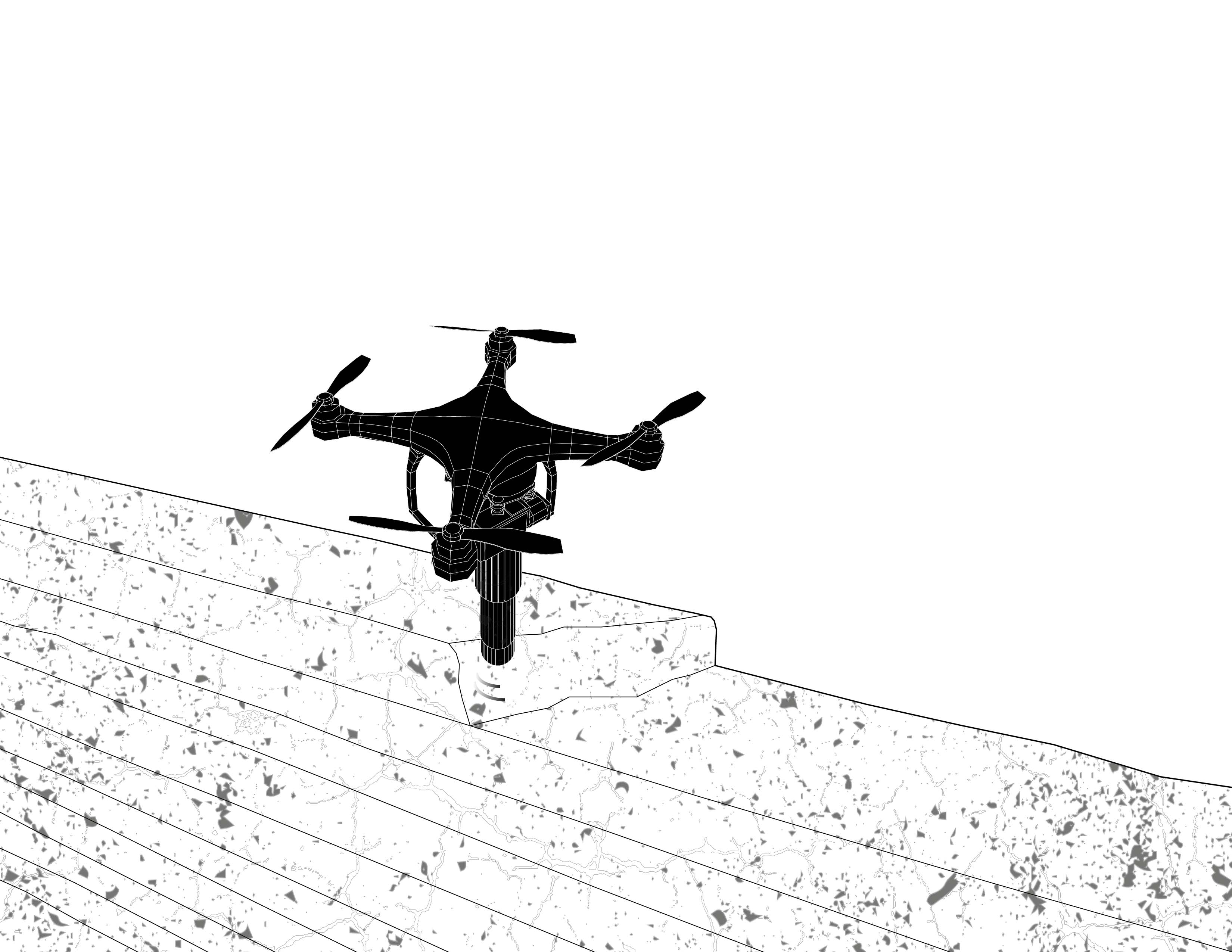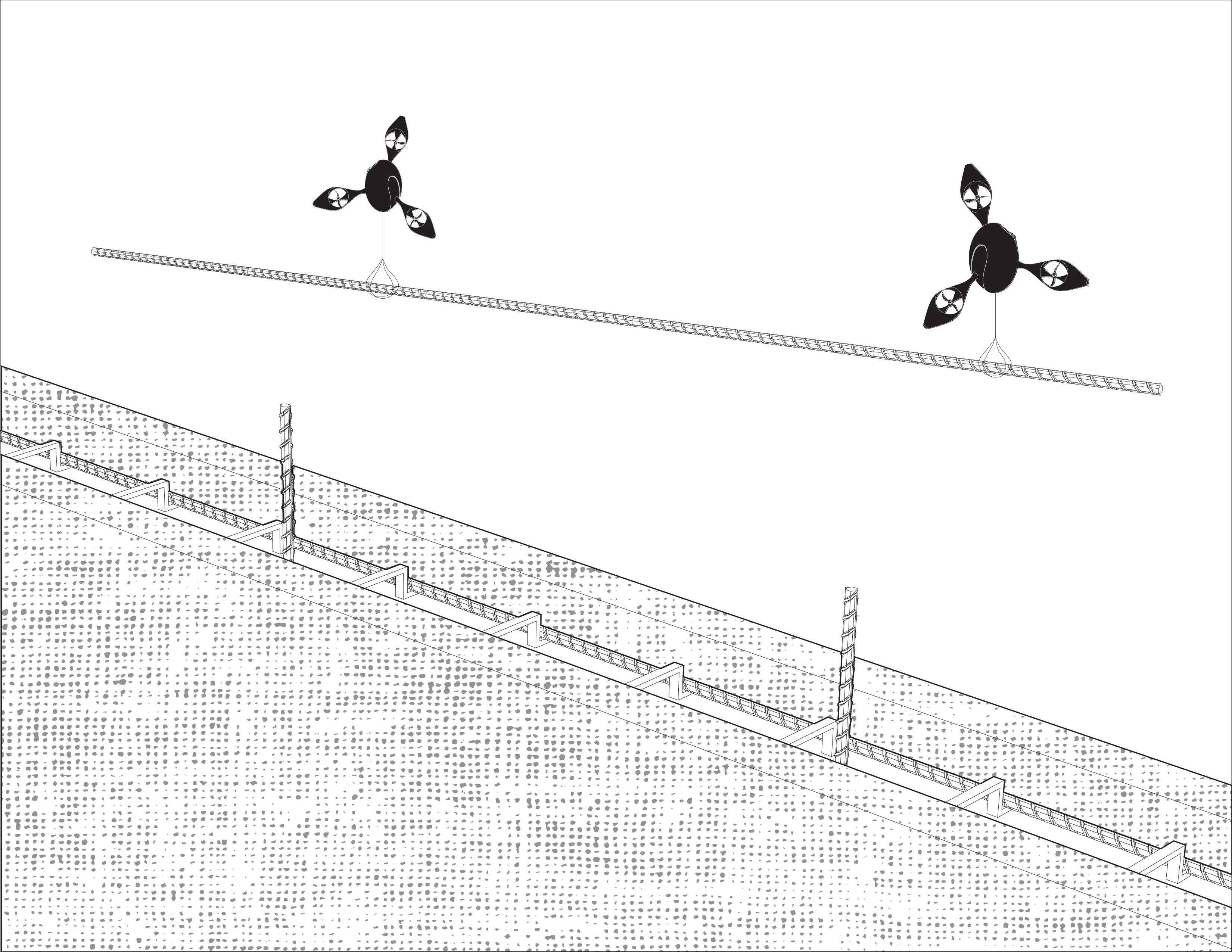Generative 3D Printed Building Studies
︎Human-Computer Interaction
︎Experiments in Embodied Computation
︎Design Fiction
In a future of 3D printed buildings, what if machines decided to build architecture according to an algorithm logic unbeholden to human sensibilities and architectural history? What does a "structural column" mean to a 3D printer which reads G-code rather than Andrea Palladio's The Four Books of Architecture?
This future no longer sounds so fantastical with the increasing integration of Generative AI into our design and construction process. Designers must explore the evolving relationship between humans and 'smart' technology. How might developments in Generative AI, IoT, and robotics reshape our societal and behavioral paradigms, posing questions about the future of co-design between humans and responsive machines?
I am interested in exploring the de-centering of human agency in the design and construction process. This is sometimes framed as a "more-than-human design," dealing with concepts of multiple agencies, dependencies, and entanglements of Human-Computer Interaction.
In these studies, a 3D printer has been “hacked” with a set of rules, so that it generates a randomized assortment of support structures that radically changes the shape of the design. My input is the same set of simple three boxes, but the 3D printer generatively and algorithmically outputs a range of improvisational designs according to its own geometric logic.
(This is part 1 of a Design Fiction series exploring a speculative future of 3D printed generative construction. ︎︎︎ Part 2)
This future no longer sounds so fantastical with the increasing integration of Generative AI into our design and construction process. Designers must explore the evolving relationship between humans and 'smart' technology. How might developments in Generative AI, IoT, and robotics reshape our societal and behavioral paradigms, posing questions about the future of co-design between humans and responsive machines?
I am interested in exploring the de-centering of human agency in the design and construction process. This is sometimes framed as a "more-than-human design," dealing with concepts of multiple agencies, dependencies, and entanglements of Human-Computer Interaction.
In these studies, a 3D printer has been “hacked” with a set of rules, so that it generates a randomized assortment of support structures that radically changes the shape of the design. My input is the same set of simple three boxes, but the 3D printer generatively and algorithmically outputs a range of improvisational designs according to its own geometric logic.
(This is part 1 of a Design Fiction series exploring a speculative future of 3D printed generative construction. ︎︎︎ Part 2)
Studies of various 3d-printing support generation algorithm options:
![]()
![]()
![]()
![]()
![]()
![]()
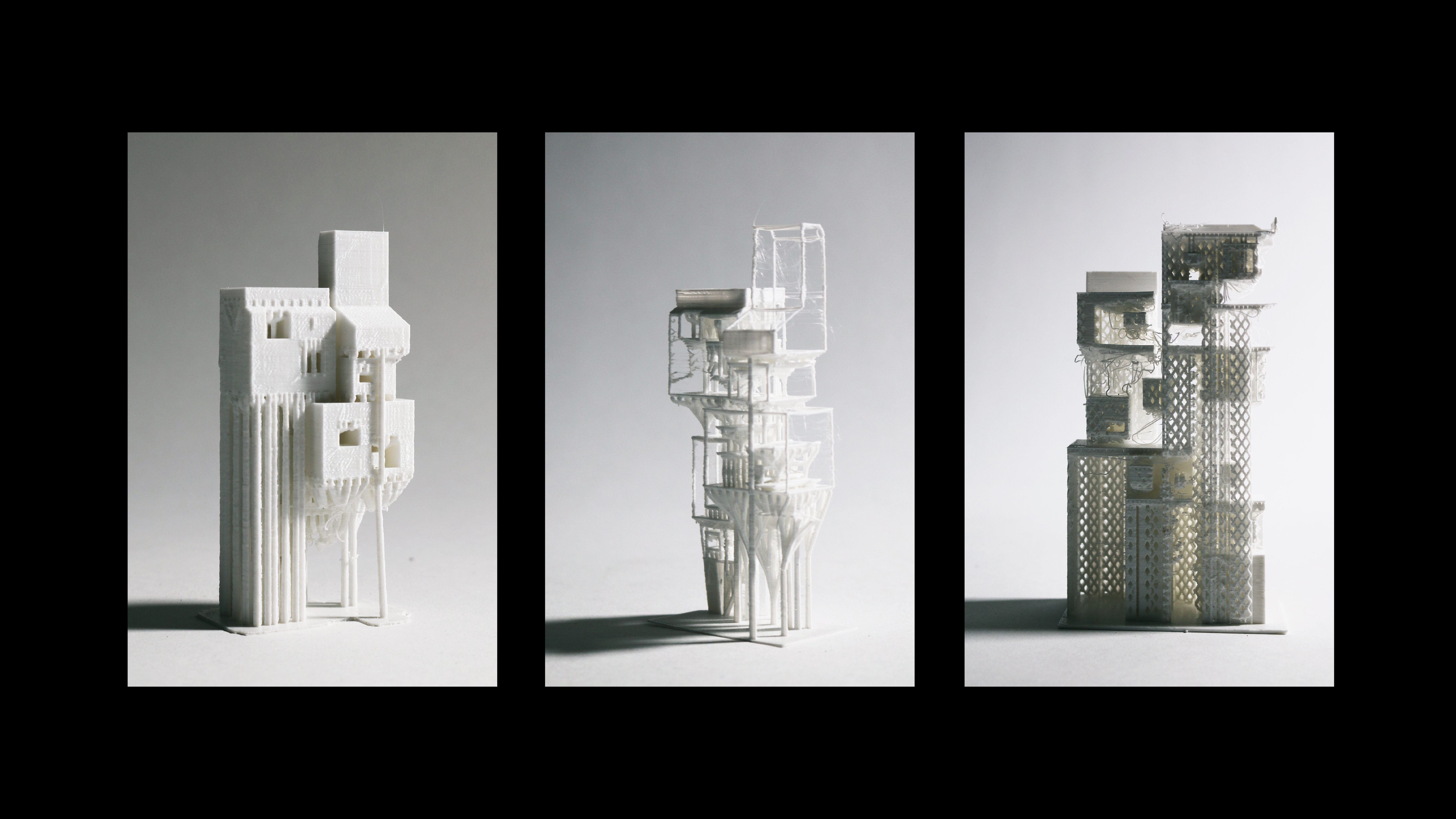
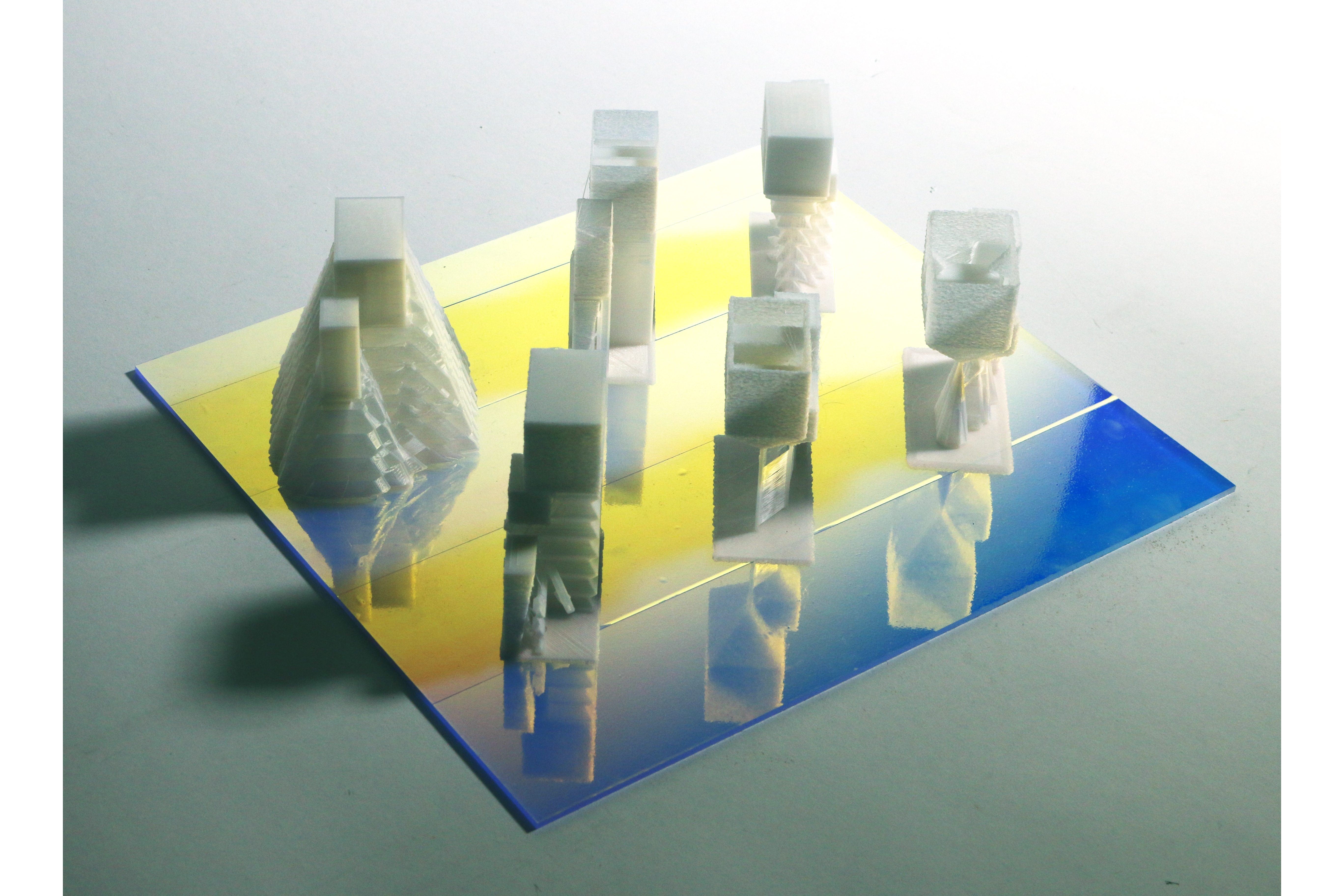


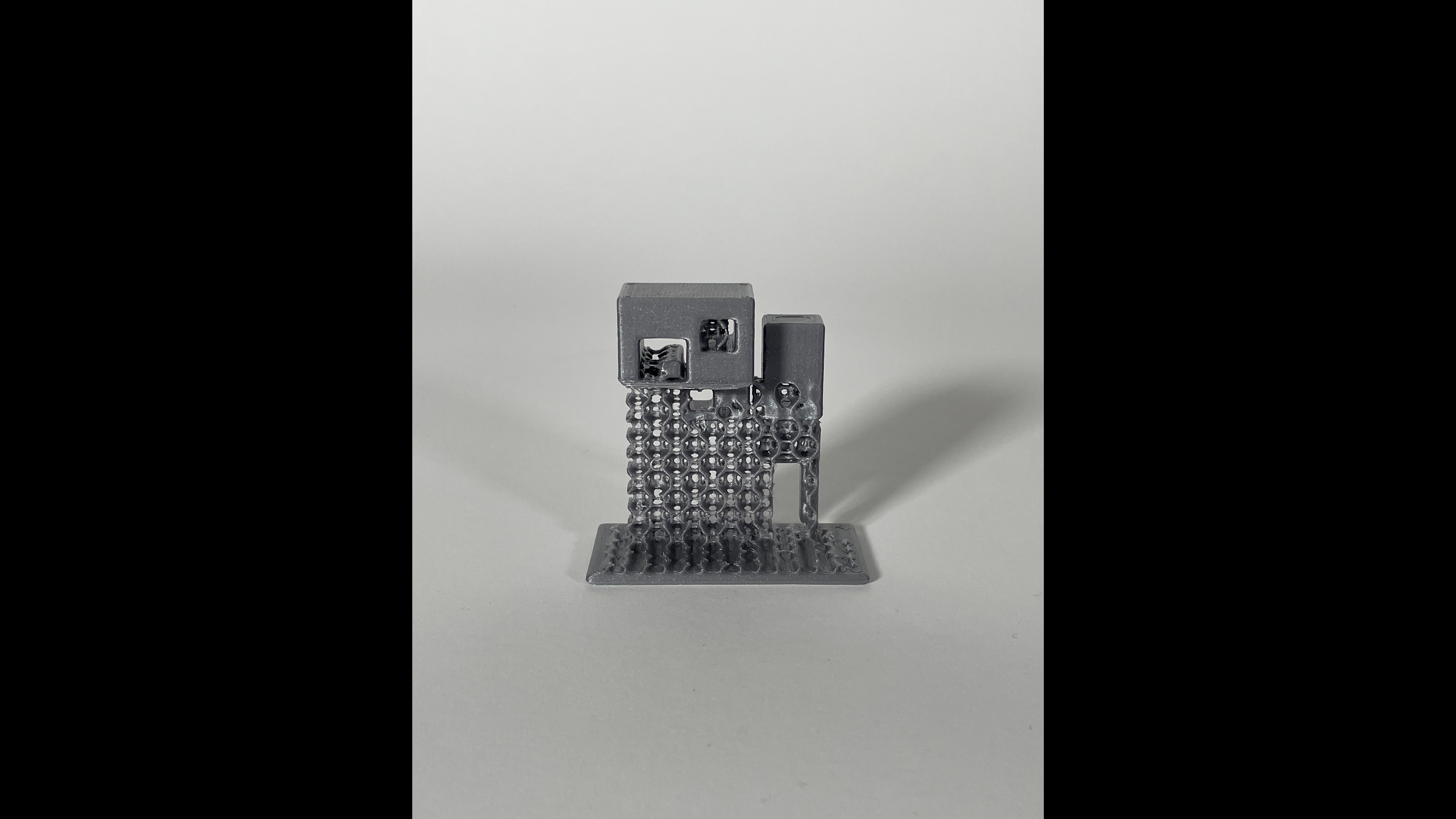

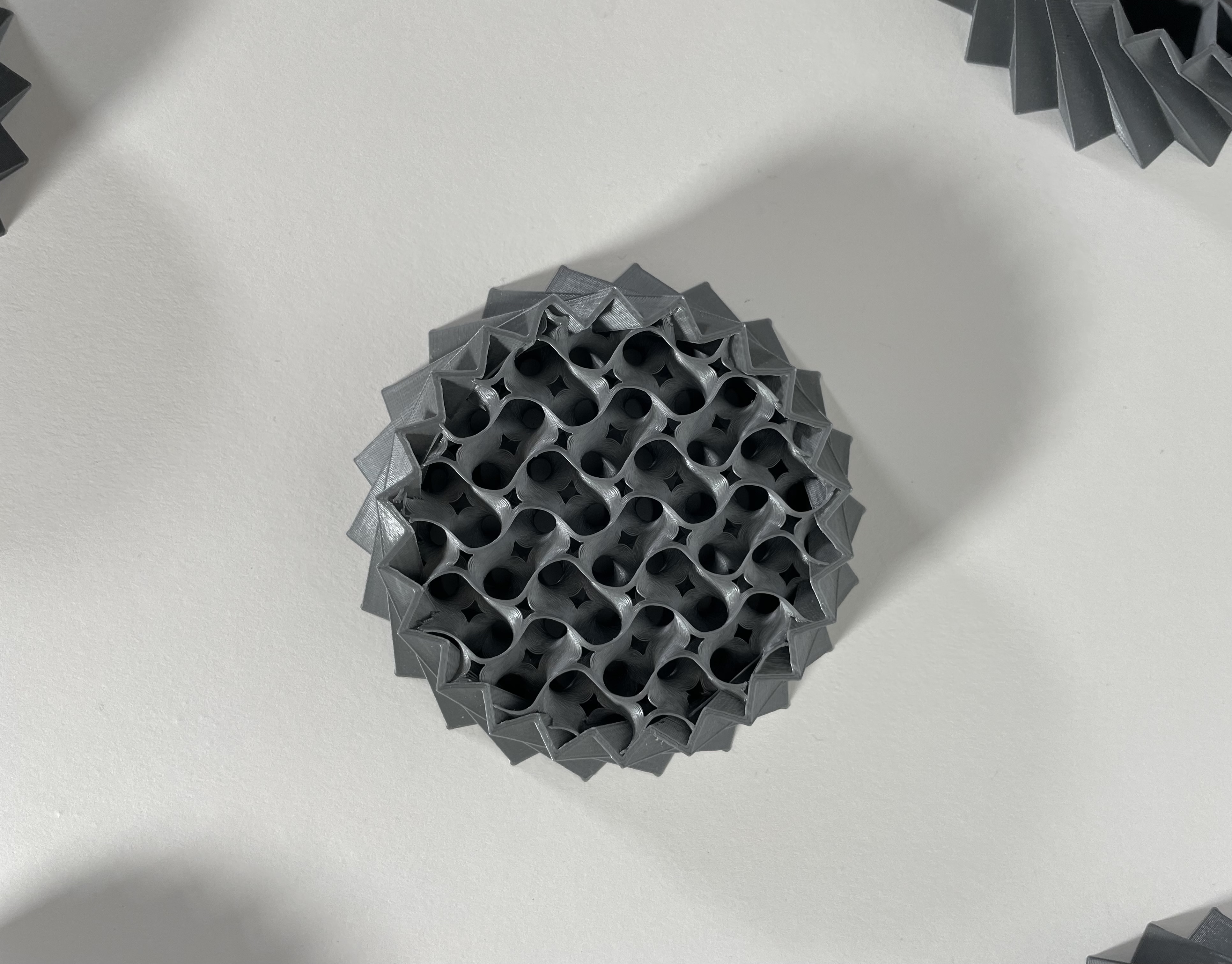








Produced as part of
“Toasters in love, jealous doorknobs, and the things around us” (2018-19)
Advisors: Andrew Witt, Allen Sayegh
Acknowledgements: James Weaver, Jan Kwan, Shaowen Zhang, Tommy Schaperkotter, Hyunsuk Yun, Adam Wagner, and Milos Mladenovic for invaluable advice and assistance.
